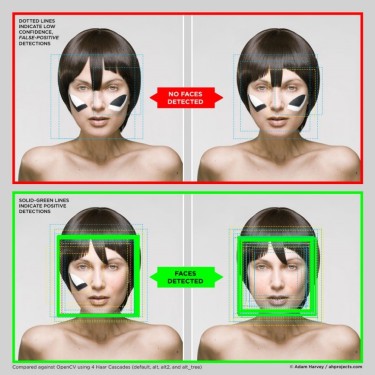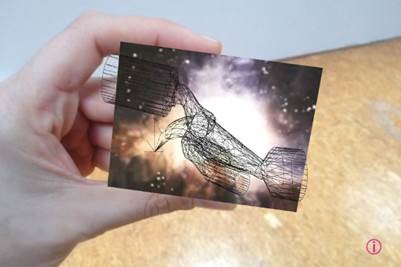Future Cities Digest #19 (03/04/2014)
by Lukasz Alwast
#BigData #insights #Harford #FT
One of the most commented and shared articles last weekwas Tim Harford’s piece on Big Data. The author’s key message was that ‘Big Data has arrived, but big insights have not’. He backed his argumentwith a number of cases where the use of very large data samples deceived its users, meaning they skipped in the process some of the classical statistical checkpoints and jumped to quick – and in the end misleading – conclusions. In principal, Harford doesn’t disagree that ‘large, cheap datasets and powerful analytical tools will pay dividends’ but argues that big data will not solve the problem that ‘has obsessed statisticians and scientists for centuries’: the problem of insights – inferring what is going on, and figuring out how we might intervene to change a system for a better. Article worth a 10-minute read – available here.
#innovation #platform #cars #Android
Back at the beginning of the year four major car manufactures (Audi, GM, Honda and Hyundai) teamed up with Google and NVidia to develop an open model and common platform ‘that will allow automakers to more easily bring cutting-edge technology to their drivers, and create new opportunities for developers to deliver powerful experiences’ – in other words, an Android OS for cars. At the same time, Audi has released an interesting vision for a virtual cockpit that would accommodate ‘the smartphone generation in cars’. The system could be interconnected with popular music and entertainment services from the cloud, have an inbuilt, universal Google search function and be controlled through natural language voice control. Most cars fitted with this new kind of system will be available from 2015 (with a handful like Volvo and Ferrari making it to the market this year).
#connectivity #drones #Internet #Facebook
Facebook’s $2bln acquisition of Oculus Rift, a virtual reality head-set manufacturer, seemed to be the big tech news last week. However, what passed slightly less noticed was Facebook confirming rumors that ‘its engineers are working on developing a fleet of solar-powered drones that can beam internet access down to people in remote regions of the world’. According to Internet.org, a partnership between Facebook and six major mobile phone companies, the drones could fly autonomously for months (at a time) at an altitude of 20,000 meters. Worth noting that the kind of drones described by Facebook are rather similar to MQ-9 Reapers, than the smaller octocopters, that people often associate with urban applications. Also, worth seeing a link between this project and Google Loon– a ‘balloon-powered Internet for everyone’.
#wereables #IoT #embeddables #buzzword
A new buzzwordin town? Forbes published last week an excerpt from a forthcoming book ‘Designing for Emerging Technologies’that discussed the future of ‘even more personalized computing’. It brought up the concept of ‘embeddables’, associated with the big idea that everyday objects will become ‘responsive and predictive, connecting us to data and reducing the distance between our skin and the surfaces of the made world’. Based on a few, quite legit trends – wereables, living services, IoT, smart materials – the latter description made it more difficult to ‘buy’ the authors vision, as theydrifted towards heralding ‘a revolution in functionality, that will dramatically alter how people fit into society, affect human psychology, and even propel us toward intellectual or spiritual transcendence’ – in some way revealing a classical question / doubt whether its technologyshaping human behaviour, humans shaping technology, or a bit of both (and if so, skewed towardswhich?). For you to decide.
Recent reports and publications:
- Smart People, Smart Places: Realizing Digital Local Government – March 2014, NLGN
(highlights: key barriers of grasping the digital agenda by councils, a digital ‘checklist’, 4-5 case studies on digital innovation within cities)
- The Future is Cities – Winter 2014, MIT Spectrum
(highlights: a series of articles from MIT scholars discussing urbanism, DIY manufacturing, urban data visualization in healthcare and many cities-relevant topics)
- Cities Alive – March 2014, Arup
(highlights: how the creation of a linked ‘city ecosystem’ [parks, streets, squares, woodlands] can help to create a healthier city, 5 requirements for the future design of cities)
This weeks’ artefact from the future:

CV Dazzle Anon Salon (Adam Harvey)
Is a world first hairdressing and makeup salon where the artist applies makeovers to visitors using geometric designs and making them invisible to Big Brother’s CCTV facial recognition software. The work deals with the most current of issues in secrecy, surveillance, aesthetics and design. According to Harvey, the method is effective at blocking the face recognition used by Facebook, Picasa and Flickr — and it doesn’t simply cause some mild confusion, it actually prevents the software from detecting any face at all.

